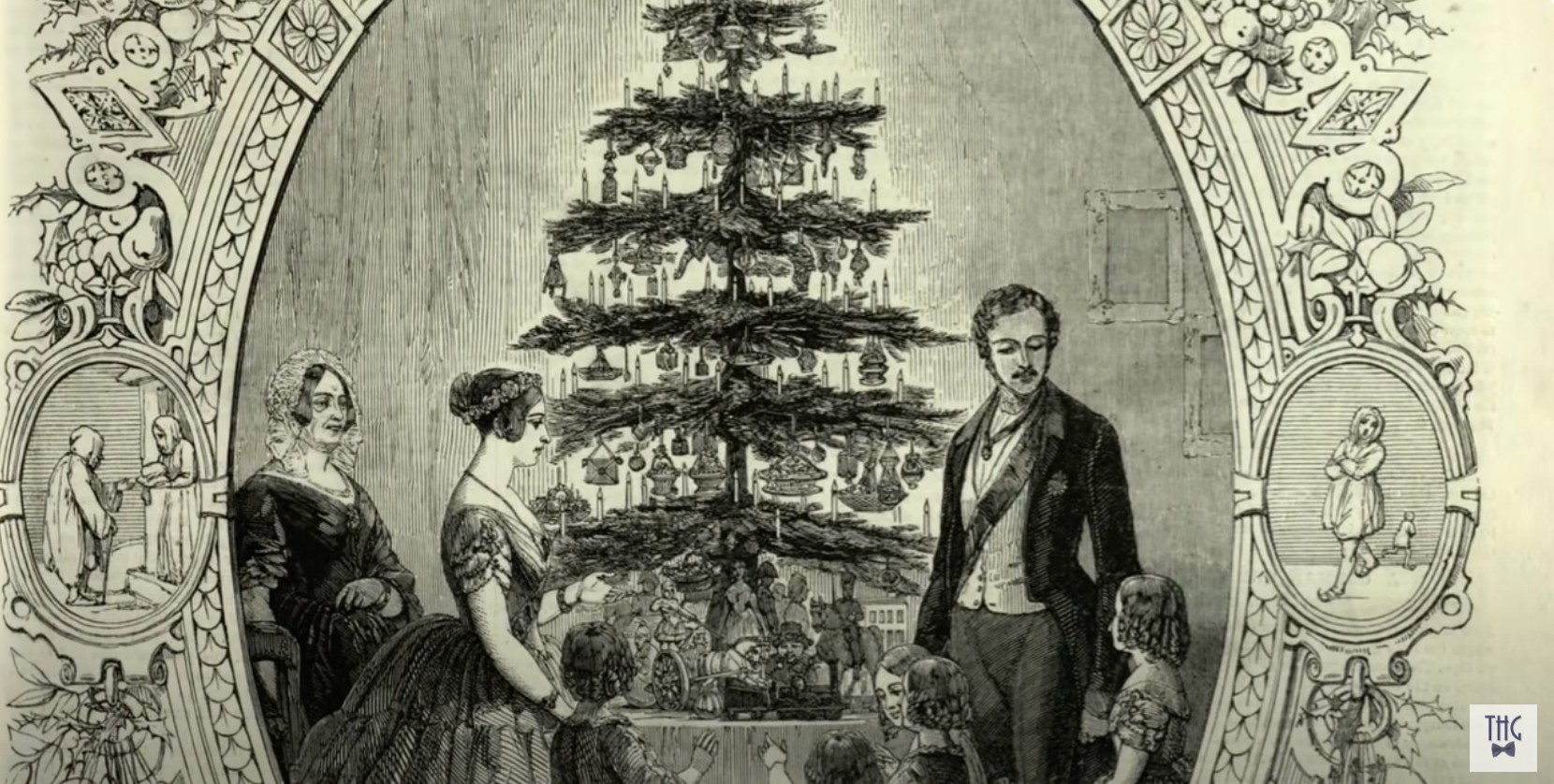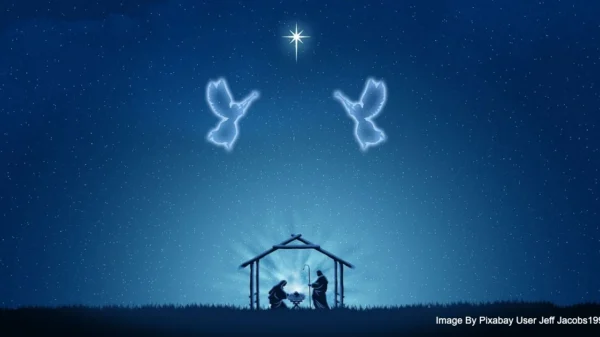The tradition of the Christmas tree has a long and fascinating history, deeply rooted in ancient customs and evolving over centuries to become the festive symbol we know today. While it is most closely associated with Christmas celebrations, its origins can be traced back to ancient civilizations that revered evergreen plants as symbols of life and resilience during winter’s darkest days.
Ancient Roots
Long before the advent of Christianity, ancient peoples used evergreen boughs to celebrate the winter solstice. Cultures such as the Egyptians, Romans, and Druids viewed evergreen plants as symbols of life, renewal, and hope. The Egyptians honored the sun god Ra during the solstice by decorating their homes with green palm fronds. Similarly, early Romans celebrated Saturnalia, a festival honoring Saturn, the god of agriculture, by adorning their homes with evergreen branches.
The Druids of northern Europe, known for their spiritual connection to nature, also considered evergreens sacred. They used these plants in rituals and believed they provided protection against evil spirits, signifying eternal life.
The Christian Adoption
The practice of incorporating evergreen trees into Christian celebrations is believed to have started in Germany during the 16th century. Legend has it that Martin Luther, a German Protestant reformer, was the first to add lighted candles to a tree. Inspired by the beauty of stars twinkling through the forest, he brought an evergreen tree into his home and decorated it with candles.
In medieval Germany, “paradise trees” were used during performances of “The Paradise Play,” which depicted the story of Adam and Eve. These trees were adorned with apples to represent the forbidden fruit, serving as a precursor to modern Christmas ornaments. Over time, the decorated tree became linked with the Christian celebration of Christmas.
The Spread of the Tradition
The Christmas tree tradition spread throughout Europe and eventually to other parts of the world. By the 18th century, decorated trees were popular among German nobility, and the custom was introduced to England during the reign of Queen Victoria. Her marriage to Prince Albert, who was of German descent, played a significant role in popularizing the tradition in Britain. A widely circulated illustration of the royal family gathered around a beautifully decorated tree in Windsor Castle made the custom fashionable throughout the British Empire and beyond.
In the United States, German immigrants introduced the Christmas tree in the 19th century. Initially met with skepticism by Puritan settlers, who disapproved of Christmas celebrations as frivolous, the practice gained acceptance over time. By the mid-19th century, Christmas trees had become a common sight in American homes.
Modern Christmas Trees
The evolution of the Christmas tree continued into the 20th and 21st centuries. Artificial trees, first made of feathers in Germany during the late 19th century, gained popularity in the 20th century as they became more realistic and convenient. Today, artificial trees made from PVC, including pre-lit varieties, are widely available, offering an eco-friendly alternative to fresh-cut trees.
Ornamentation has also evolved, as families personalize their trees with heirloom decorations, electric lights, and themed designs. Public Christmas trees, such as the one at Rockefeller Center in New York City, have become iconic symbols of the holiday season, attracting millions of visitors each year.
From ancient solstice rituals to modern holiday celebrations, the Christmas tree embodies a timeless symbol of life, hope, and togetherness, transcending cultures and uniting people in the spirit of the season.




















